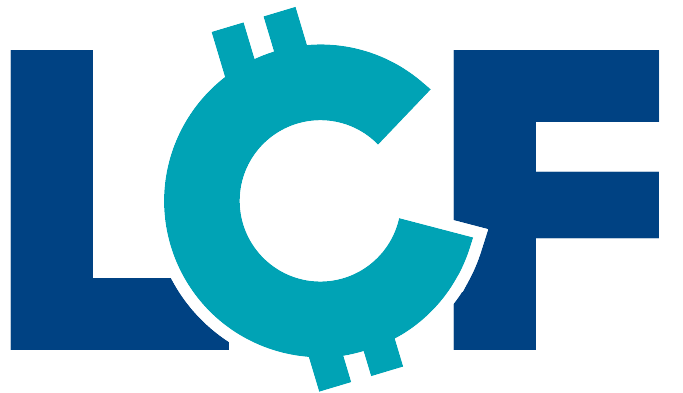Apply Now For Business Funding
Retail business loans, or retail business financing, are funding programs specially designed for business owners that are looking to get capital for: inventory purchases, store/footprint expansion, hiring additional staff, marketing and customer acquisition programs and more. Regardless of what your business needs are, The LCF Group has solutions that can help you access funding for your retail business.
THE LCF GROUP IS HERE TO HELP
APPROVAL IN AS LITTLE AS 2 HOURS: Our simple, streamlined application requires minimal paperwork so that you can benefit from our fast approvals.
FUNDS AVAILABLE THE NEXT DAY: When we say fast, we mean it. Our team of experts is committed to working with you so that you receive your funds quickly. Most merchants are able to receive same day funding.
LOW ELIGIBILITY REQUIREMENTS: We understand that not everyone has perfect credit. Our low eligibility requirements and the fact that we don’t do a hard credit pull helps more business owners get the funding they need.
FLEXIBLE FINANCING OPTIONS: Your business is unique and so are your needs. That’s why we customize our solution to you.
Any questions? Our Account Managers are available to guide you through the entire process.


